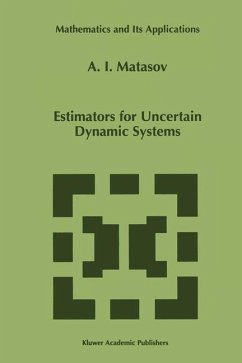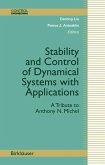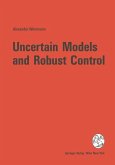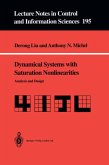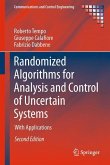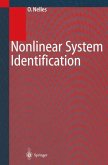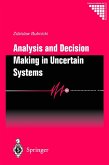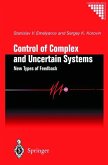When solving the control and design problems in aerospace and naval engi neering, energetics, economics, biology, etc., we need to know the state of investigated dynamic processes. The presence of inherent uncertainties in the description of these processes and of noises in measurement devices leads to the necessity to construct the estimators for corresponding dynamic systems. The estimators recover the required information about system state from mea surement data. An attempt to solve the estimation problems in an optimal way results in the formulation of different variational problems. The type and complexity of these variational problems depend on the process model, the model of uncertainties, and the estimation performance criterion. A solution of variational problem determines an optimal estimator. Howerever, there exist at least two reasons why we use nonoptimal esti mators. The first reason is that the numerical algorithms for solving the corresponding variational problems can be very difficult for numerical imple mentation. For example, the dimension of these algorithms can be very high.
Hinweis: Dieser Artikel kann nur an eine deutsche Lieferadresse ausgeliefert werden.
Hinweis: Dieser Artikel kann nur an eine deutsche Lieferadresse ausgeliefert werden.
`...very useful publication which gives a broad vision of the problem under discussion, giving a deep understanding of how to deal with uncertainty in estimation problems and how to organize the calculations. It may be recommended as a very good introduction and reference book for those who are interested in solving real-life applied problems of filtering and estimation.'
IEEE Transactions on Automatic Control, 46:3 (2001)
`We recommend this monograph which provides a broad vision of the state estimation problem.'
Automatica, 38 (2002)
IEEE Transactions on Automatic Control, 46:3 (2001)
`We recommend this monograph which provides a broad vision of the state estimation problem.'
Automatica, 38 (2002)

